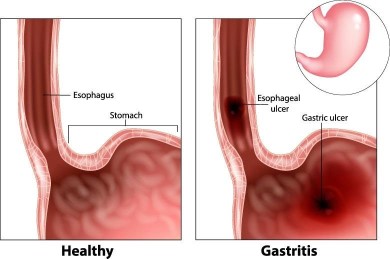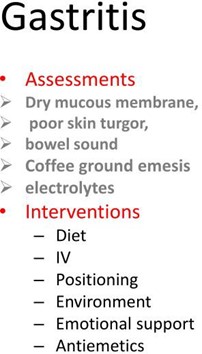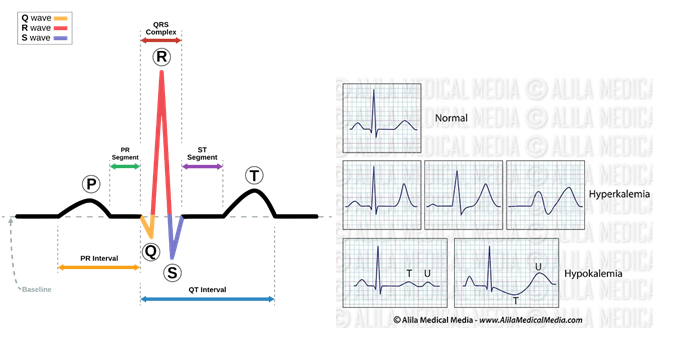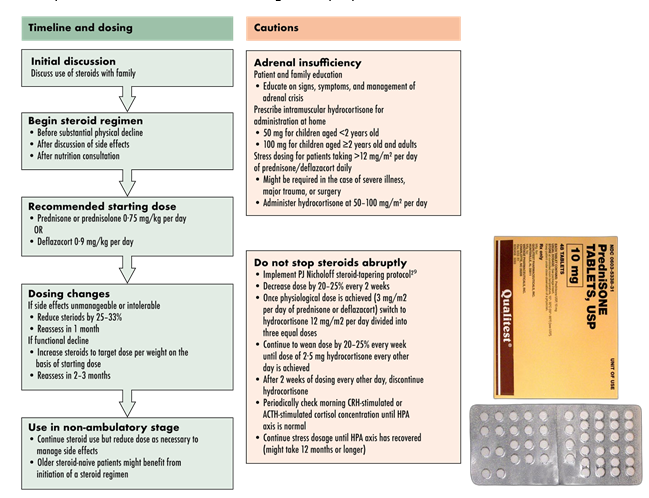Cardiac monitoring is initiated for a patient with diabetic ketoacidosis. The nurse determines that this measure is important to identify:
Electrocardiographic (ECG) changes and dysrhythmias related to hypokalemia.
The presence of hypovolemic shock related to osmotic diuresis.
Cardiovascular collapse resulting from the effects of hyperglycemia.
Fluid overload resulting from aggressive fluid replacement.
The Correct Answer is A
Electrocardiographic (ECG) changes and dysrhythmias related to hypokalemia are the main reasons for initiating cardiac monitoring in patients with diabetic ketoacidosis. In diabetic ketoacidosis, insulin deficiency causes the body to break down fat for energy, leading to the production of ketones and resulting in metabolic acidosis. In addition, glucose and potassium are lost in the urine due to osmotic diuresis. Hypokalemia can cause ECG changes and dysrhythmias, which can be life-threatening.
Hypokalemia is a common complication of DKA and can lead to ECG changes such as ST-segment depression, T-wave inversion, and U waves².
Hypovolemic shock related to osmotic diuresis is an important consideration in the management of diabetic ketoacidosis, but it is not the primary reason for initiating cardiac monitoring.
Cardiovascular collapse resulting from the effects of hyperglycemia is not a common complication of diabetic ketoacidosis, and it is not the primary reason for initiating cardiac monitoring.
Fluid overload resulting from aggressive fluid replacement is a potential complication of diabetic ketoacidosis, but it is not the primary reason for initiating cardiac monitoring.
Nursing Test Bank
Naxlex Comprehensive Predictor Exams
Related Questions
Correct Answer is B
Explanation
Sudden discontinuation of prednisone can result in adrenal insufficiency and can lead to life-threatening complications. The nurse should also instruct the patient to report any symptoms of an infection, such as fever, to the doctor promptly, as prednisone can mask signs of an infection.
Monitoring for mood alterations and daily weight measurement are also important aspects of care, but they are not as crucial as the need to gradually taper off the medication.
Correct Answer is A
Explanation
Clients with acute gastritis are recommended to eat smaller, frequent meals instead of three large meals. This helps to reduce the workload on the digestive system and allows the stomach to heal. Therefore, option A is not a suitable nursing intervention for a client with acute gastritis.
Options b, c, and d are all appropriate nursing interventions for a client with acute gastritis. Observing stool characteristics can help to identify any bleeding or inflammation in the gastrointestinal tract, evaluating intake and output can help to identify any fluid imbalances, and monitoring laboratory reports of electrolytes can help to identify any imbalances that may occur because of vomiting or diarrhea.


Whether you are a student looking to ace your exams or a practicing nurse seeking to enhance your expertise , our nursing education contents will empower you with the confidence and competence to make a difference in the lives of patients and become a respected leader in the healthcare field.
Visit Naxlex, invest in your future and unlock endless possibilities with our unparalleled nursing education contents today
Report Wrong Answer on the Current Question
Do you disagree with the answer? If yes, what is your expected answer? Explain.
Kindly be descriptive with the issue you are facing.


